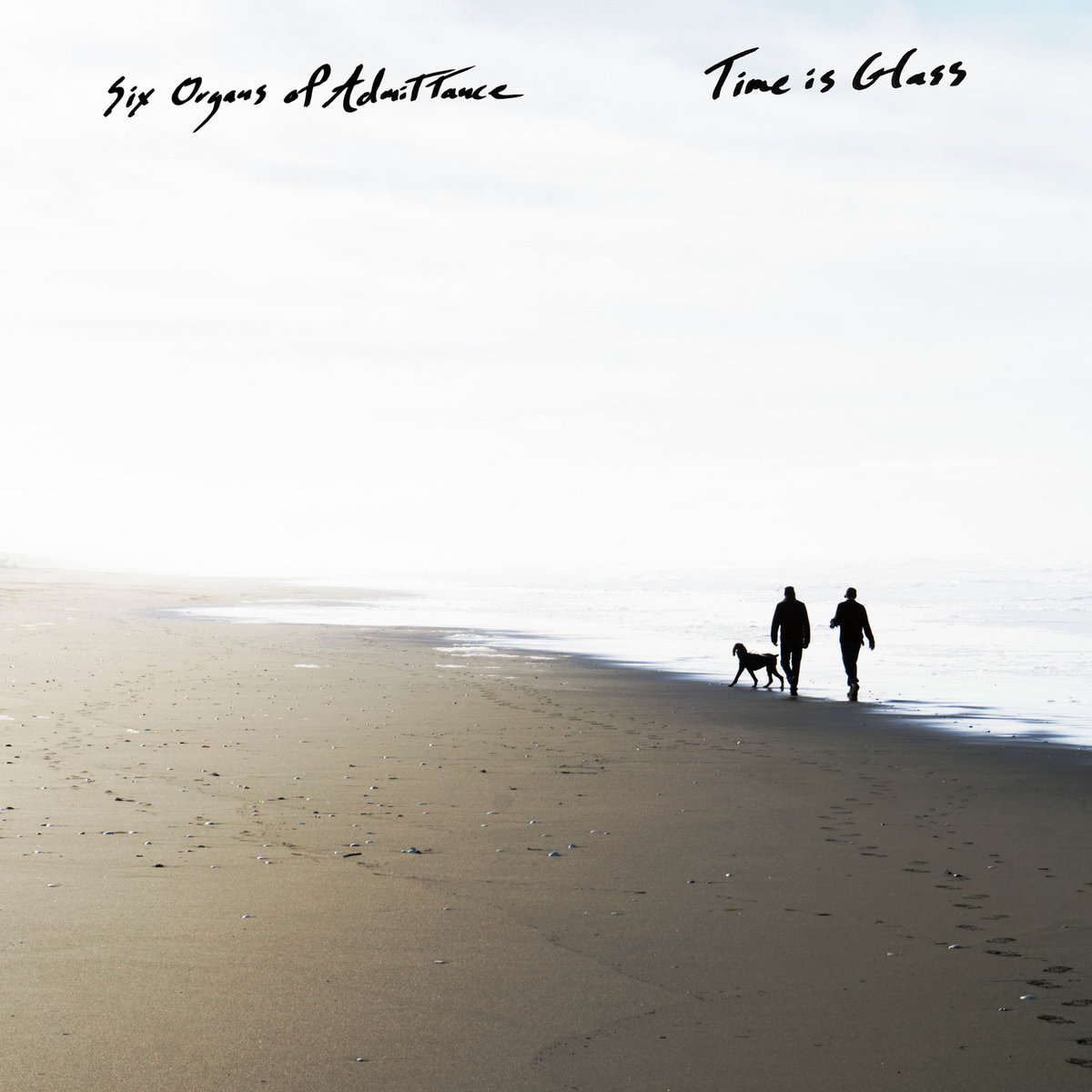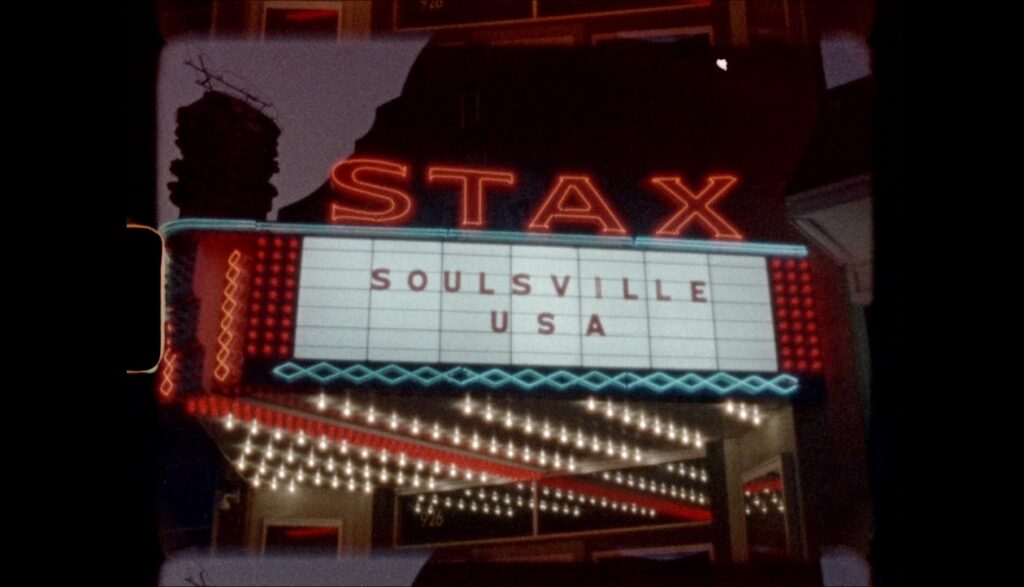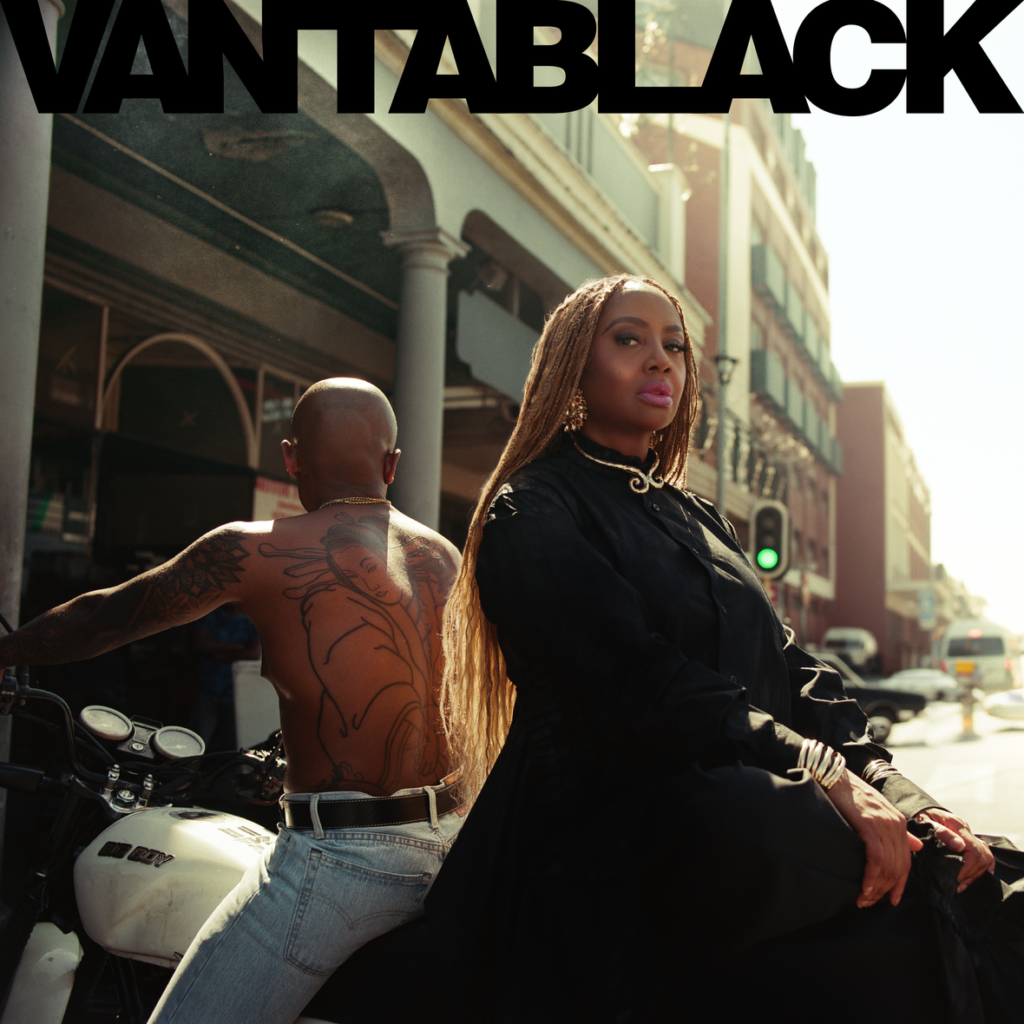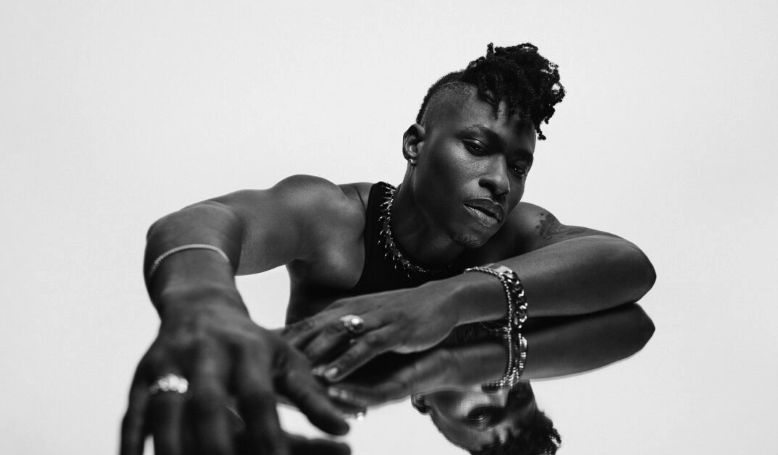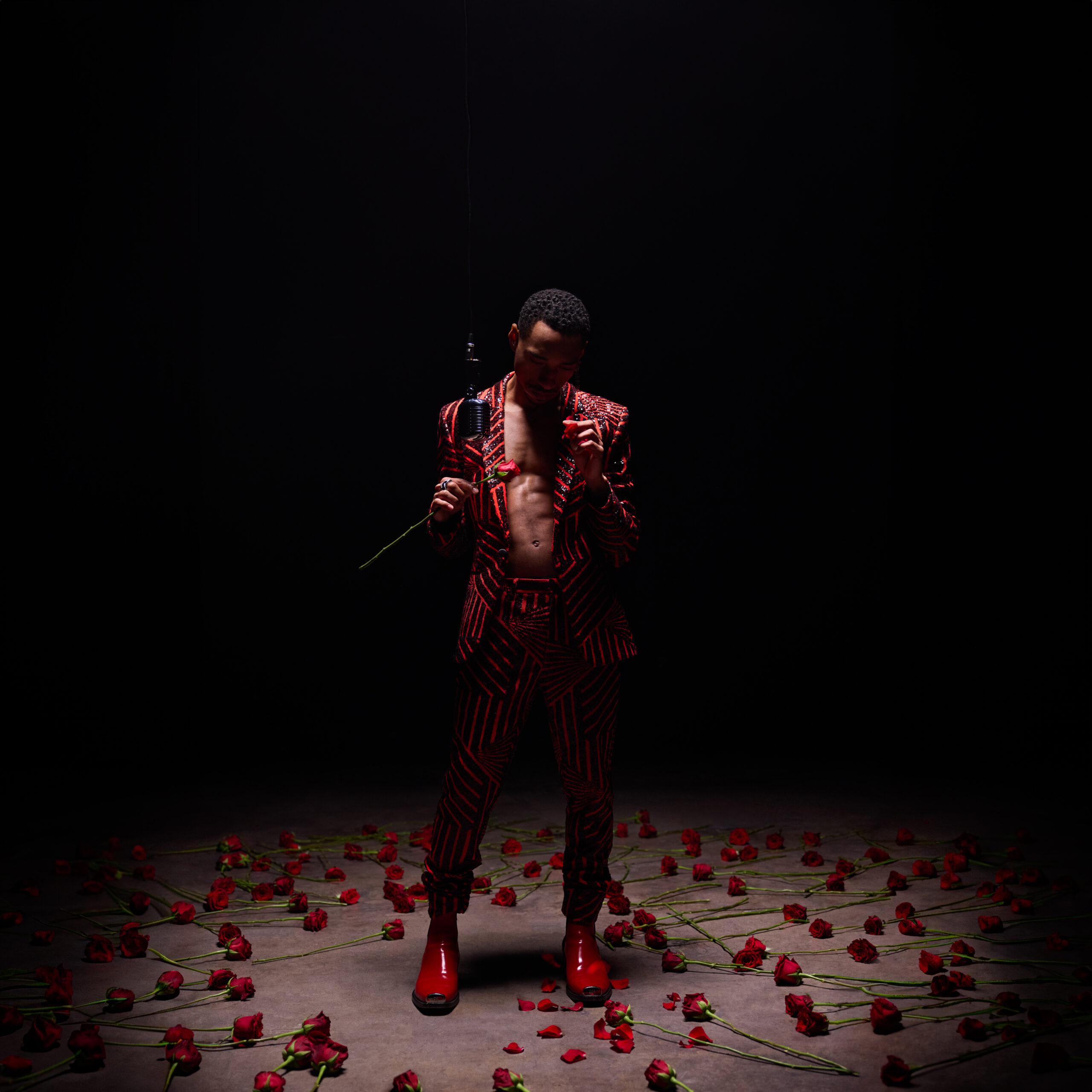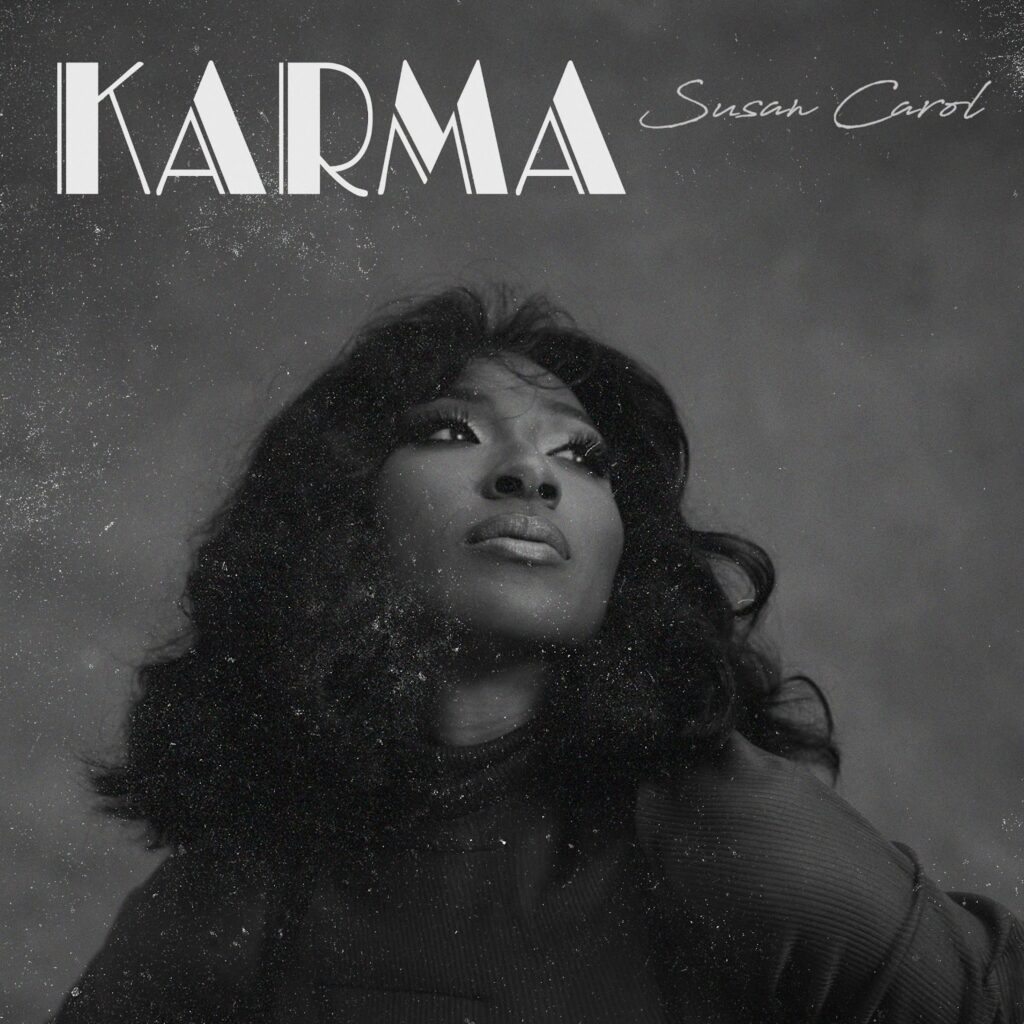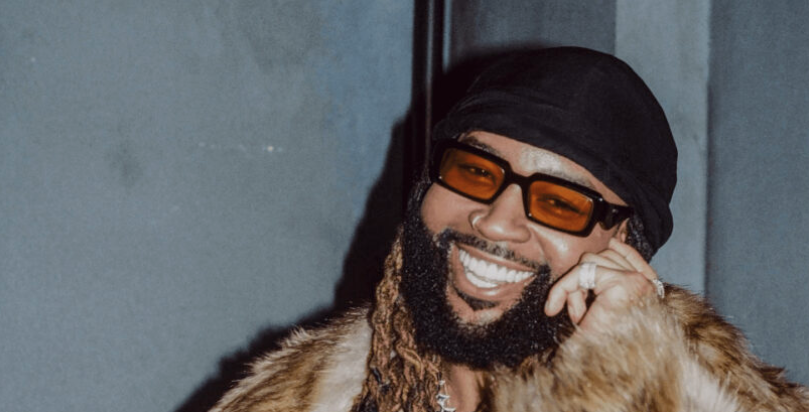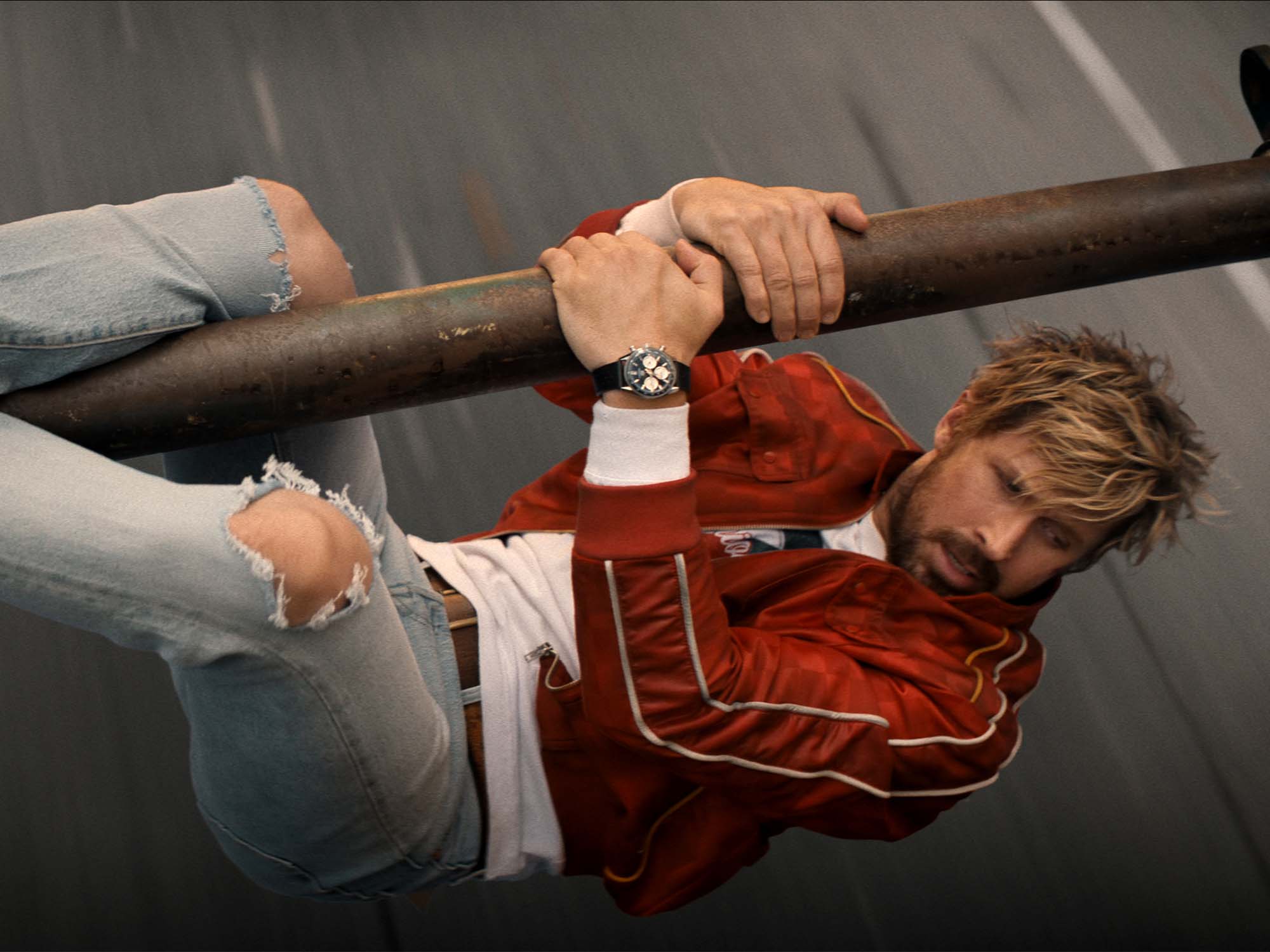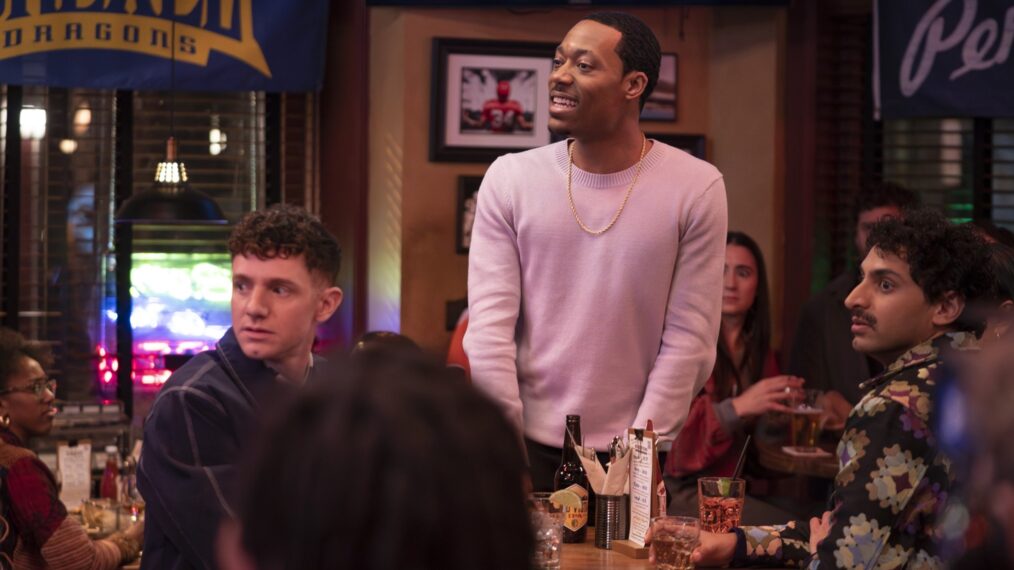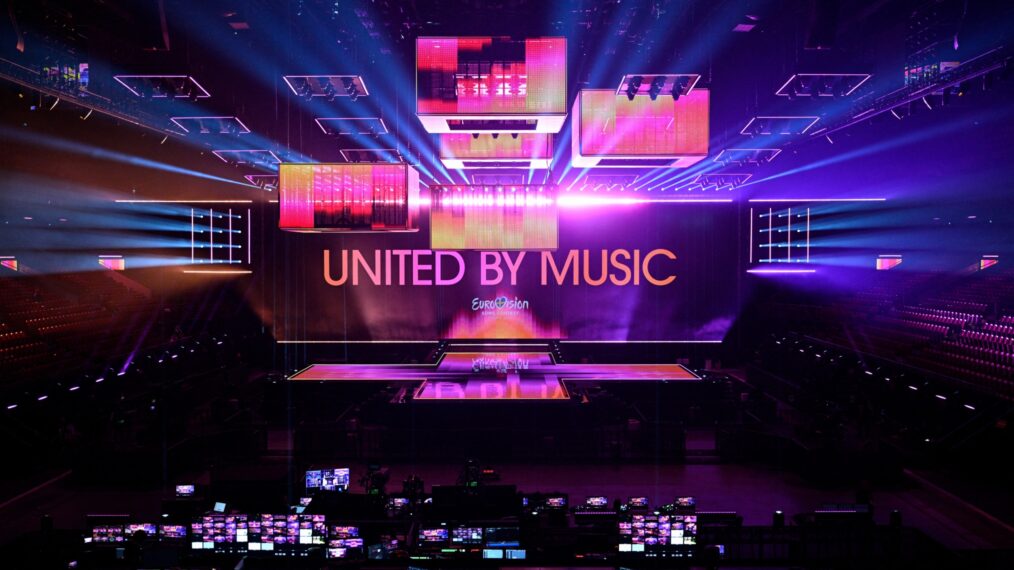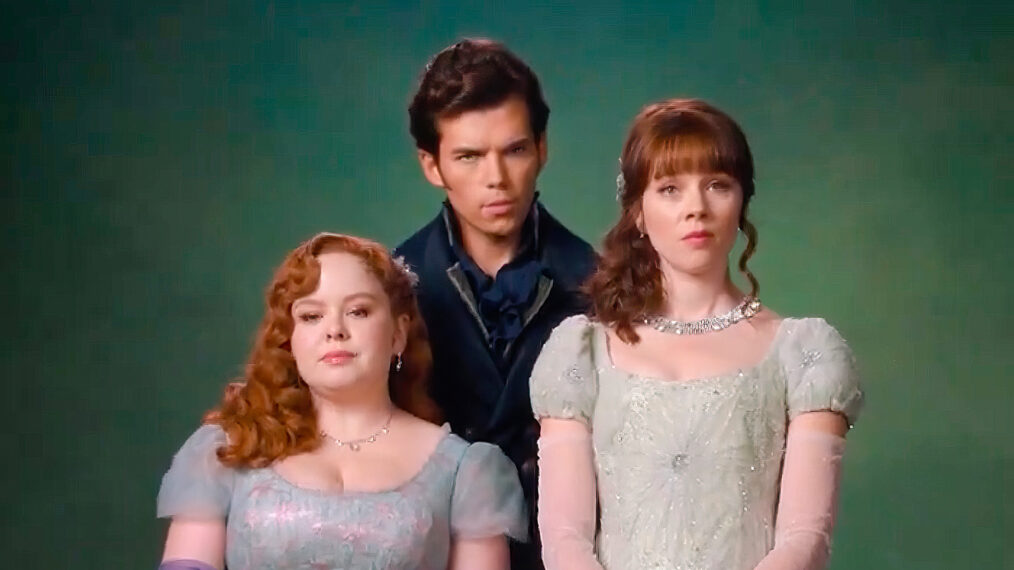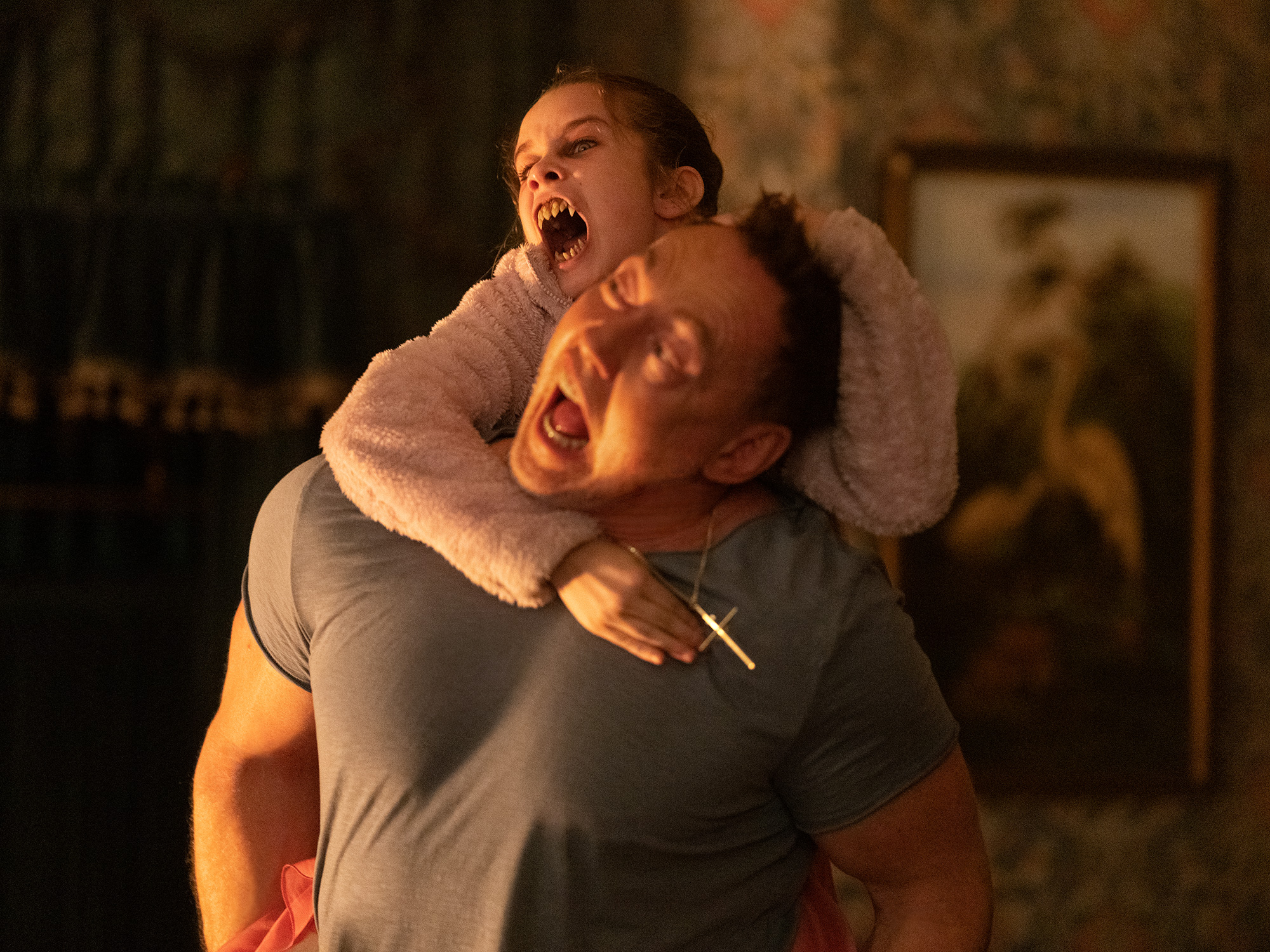The self-titled 1998 debut by System of a Down can be loosely described as a cross between Dead Kennedys and Slayer. The songs mixed political commentary, featured the ranting nasal screams of Serj Tankian and a guitarist in Daron Malakian who could slash and shred through rhythms that veered from unhinged punk to sinister thrash.
When the band put out its sophomore album, Toxicity, three years later on Sept. 4, 2001, it was astonishing to hear how much System of a Down had evolved. The group still had political songs, railing about prisons, street protests, pollution, drugs and capitalism throughout the record, but they did so in a way that was more surreal, adventurous and musically accomplished without sacrificing any of the heaviness or intensity that got them signed to a record deal.
“Going into it, I knew Serj wanted to sing more, so I guess that was a kind of a progression and an evolution for the band,” Malakian told me in 2005. “I wanted to do all that, yet not lose the heaviness of the band and I guess the hard, punk, metal aspect. You could lose that sometimes when you get a little too eclectic. So we were just trying to balance that fine line and not lose the fans.”
Bob Berg, Getty Images
Not only did Tankian want to sing more on Toxicity, he strived to bring a different vibe to different songs. “Prison Song” sounds angry and slightly demented, “Deer Dance” makes a nod to Frank Zappa, if not Les Claypool, and trades off between ranting vocals and clean, vulnerable lines while the band see-saws between chugging mosphit-friendly riffs and Greek-inflected melodies.
And “Chop Suey!,” which began with a jangly acoustic guitar passage and tribal drums before bursting into a surging backbeat includes almost-nonsensical lyrics that climax with Tankian singing softly about a “self-righteous suicide when angels deserve to die” over a Middle Eastern melody.
System of a Down, “Chop Suey!” Music Video
“I’m constantly trying to find ways to reinvent myself as a writer,” Tankian said. “I always want to introduce new ideas and new stuff because that’s what art is all about. So if I’m screaming, I have a reason in my mind for what I’m doing, and if I’m sounding like a crazy man there’s a point for that, too. The same thing goes for when I’m singing without any aggression at all”
Because of the social and political content throughout Toxicity, many critics tagged the band as a populist group out to affect change, like a quirky, alt-metal version of Rage Against the Machine minus the hip-hop. Tankian objects to such categorization. “I don’t think it’s good when any artists are pigeonholed into doing just one thing or being just one way,” he said. “I have political lyrics, but I also sing about sex, love, hate, and anything you can feel or think, even if it makes no sense at all. I think limitation is the death of creation.”
Malakian started writing songs for Toxicity in the band’s RV while System was on tour for their first album. One of the first songs he came up with was “Chop Suey!,” which he crafted in the bed in the back of the vehicle. In March 2001, System of a Down entered Cello Studio with Rick Rubin to record the songs. Over the next four months the band experimented with a variety of styles besides aggressive metal, including jazz licks between staccato rants in “Shimmy” and angular riffs and elongated melodies on the title track.
“I wanted to add a bit more harmony for myself in the songs and that required tastefully mixing in some softer guitars between the really heavy parts,” Malakian said. “In ‘Needles’ I had my own vocal solo part – [sings] ‘Sitting in my room’ — so, I’ve broken into that slowly because I didn’t want to just shoot the fans in the face. But the songs naturally mutated this way. The band is growing and naturally moving in this direction.”
As musically diverse as “Chop Suey!,” “Forest” and even “Psycho” (with its rant of “Psycho-groupie-cocaine-crazy”) are, the commercial highlight of Toxicity is “Aerials,” a melodic, immaculately crafted number about feeling lost among the throng of people in a materialist society.
“We didn’t know it would become a big hit or anything, but truthfully we never even thought about it,” Tankian said. “It was just another song. We liked it, but we like all of our music. Anything we don’t like gets thrown away.”
System of a Down, “Aerials” Music Video
As impressive as the writing and performances on Toxicity are, the turbulence in the music reflected the tension and turmoil that existed within the band as it strived to meet a tight deadline and emerge with an album that was artistically expressive and musically unparalleled. System of a Down succeeded on both fronts, but not without a bit of conflict.
“There were times when we fuckin’ threw down,” recalls Malakian. “[Drummer] John [Dolmayan] and I were totally going at it. My lip was all cut up, and I took a microphone stand and hit him across the head and his head was all bashed in. [Bassist] Shavo [Odadjian] and Serj were looking at us saying, ‘Awww, man, we’re done.’ But right after we fought, we took each other to the hospital and got stitched up right next to each other. Both of us were sitting there laughing, saying, ‘This is one of the coolest moments in the history of our band.’”
The violence seemed to be contagious. At a record release performance at Tower Records in the band’s home town of Los Angeles, thousands of fans overcrowded the free event and police canceled the show. But they didn’t tell the audience so the crowd continued to wait until police finally took down the band’s banners and told everyone to go home. The crowd responded by rioting and destroying store and car windows in a seven block area around the store. Six fans were arrested and several officers and crowd members were treated for minor injuries.
“It was terrible what went down,” Malakian said. “Police were firing rubber bullets at our fans. We showed up to play and we got told by the fire marshals and the cops that we couldn’t do the show because there wasn’t enough security there. They had expected maybe three thousand people to be there and there were close to 10,000 who showed up. We said, ‘Well, can we at least address our fans and let them know what’s going on?’ ‘cause some of these kids slept on the dirty floor overnight to see the show. They said, ‘Nope, You guys can’t get anywhere near the stage.’ So the fans thought we just didn’t show up and they got upset at us and trashed our equipment before going and trashing everything else.
System of a Down — Live in 2001
“We were rushed out of there and taken to a nearby hotel,” he continued. “We turned on the TV and on every channel broadcasters were going, ‘There’s riots in Hollywood.’ And there were pictures of Serj’s and my face coming up. The TV people said, ‘They came to see these guys.’ So I didn’t like what I saw going on in the streets, but I also looked at it and I was like, “Y’know, this is really gonna help make us a popular band.”
Toxicity debuted at No. 1 on the Billboard album charts, with 220,000 copies sold in its first week of release. To date, the record has gone triple platinum in the U.S. and sold more than 12 million copies worldwide. It remains System of a Down’s most popular album and one of the most offbeat and original multiplatinum metal releases of all time.
Loudwire contributor Jon Wiederhorn is the author of Raising Hell: Backstage Tales From the Lives of Metal Legends, co-author of Louder Than Hell: The Definitive Oral History of Metal, as well as the co-author of Scott Ian’s autobiography, I’m the Man: The Story of That Guy From Anthrax, and Al Jourgensen’s autobiography, Ministry: The Lost Gospels According to Al Jourgensen and the Agnostic Front book My Riot! Grit, Guts and Glory.







